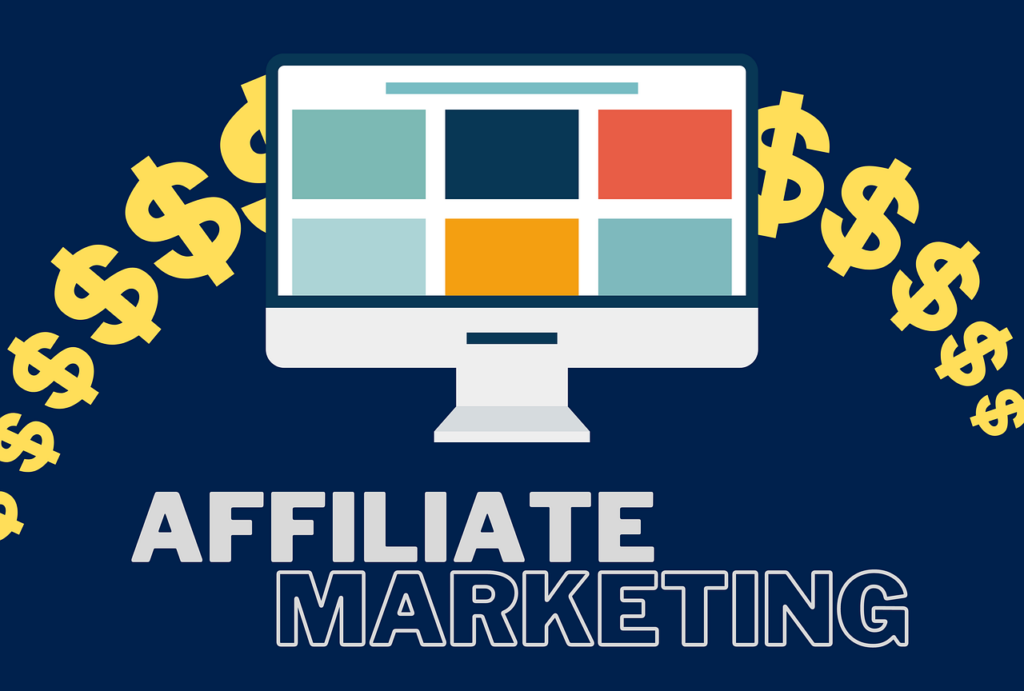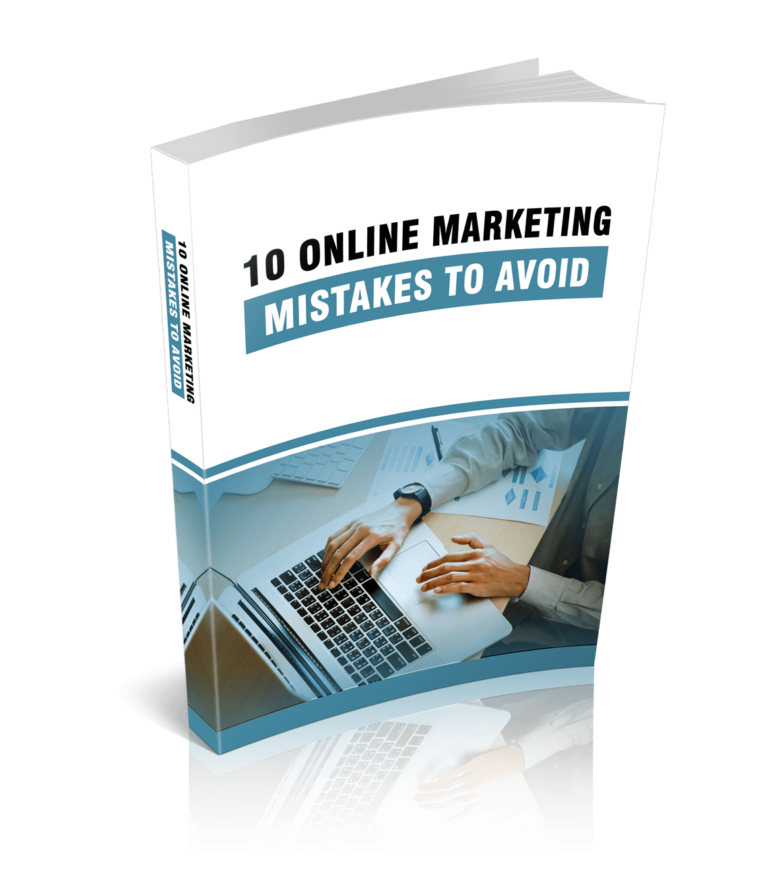Your sales process is the most important aspect of business success. Therefore, you have to constantly improve and monitor it for effective results.
If you incorporate the best techniques into your strategy you will attract more people and grow your customer base.
Here are some useful ways to help you improve your sales process and reach desired figures.
SUBSCRIBE TO INCOME PATROL
Get updates on the latest posts and more from Income Patrol straight to your inbox.
HAVE A SALES STRATEGY
One mistake that businesses make is not having a sales strategy in place. Nonetheless, coming up with one is the best way to reach your goals faster and ensure results. You have to assign tasks to your sales representatives and come up with effective ways to market to prospects. For example, what specific tasks are you responsible for? Who oversees the lead-generating process? Who negotiates with clients? And Who oversees delivery and payment methods?
Decide what you want to focus on. For example, will you send proposals to potential customers and control the lead-generating process? If so, what effective methods are you going to incorporate into your strategy? Find the best ways to come up with a good and attractive proposal that will attract attention and persuade prospects to make a purchase.
Use persuasive language and advertise on platforms that your target audience prefers. Talk about the main things that potential clients will benefit from your offer. Do enough research on your target audience and ensure you understand their needs. Identify a problem or challenge and provide a solution. Mention why your product or service is the perfect fit for them as well as how it’s going to help them reach their goals.
Determine tasks that can be outsourced and assign them to team members. Ensure they understand their different roles and carry out tasks as expected.
SET GOALS
Decide what you want to achieve from your sales strategy and set short-term as well as long-term goals. Define your weekly, monthly, quarterly, and yearly targets. Specify how many sales you want to make in a certain period and what methods you are going to use to ensure that happens.
For example, what’s your weekly or monthly target? And how are you going to reach it? Consider currently available resources as well as sales performance to identify areas that need improvement and ensure the best results. Work with what you have. Find effective ways to make the most of your available marketing resources. Use different marketing methods to reach a bigger audience.
Incorporate paid ads, use social media, and advertise to existing connections. Ask friends and coworkers to advertise your product, for example.
Next, analyze your sales performance. Use sales metrics to identify areas that need improvement. For example, if your sales team uses emails and cold calls to reach prospects, how many of them lead to conversions? How effective are your methods? If you are failing to reach your mark, make changes. Understand why you are failing and identify the best ways to reach your goal.
For example, if you are failing because half the people you contact aren’t interested in your offer, change your target audience. Determine who you want to sell to, understand their needs, and provide solutions to their problems.
Generating leads is easier when you cater to a specific audience. So, define your audience first, identify their challenges, and then sell your product. Mention how it’s going to help them solve their problem or make their lives easier. You can also offer discounts to pique interest, capture attention, and inspire action.
IMPROVE YOUR SALES PERFORMANCE
Improve your sales performance and come up with effective ways to convert your target audience into customers. Concentrate on forming meaningful relations with customers. Avoid sending too much promotional content or sounding too salesy. Have real relationships and conversations with prospects. Show interest in their professional lives. Show them you are not only interested in selling your product but want to help them meet their goals as well.
For example, when you approach a potential customer, listen to what they have to say, understand their needs, ask questions, and then provide a solution with your offer. Don’t just send in your pitch or jump straight to promoting your product. Doing this can cause you to lose clients and miss out on making a sale.
Another option is to reach out to prospects once you understand their online or shopping behavior. Find out how they interact with your content or business pages. What do they mostly search for? Where do they spend most of their time? And what have they recently purchased from you? Use Google Analytics for answers.
Once you study client behavior you can promote your product based on interests, previous purchases, and search history. This leads to more conversions and increases your chances to conclude a sale because you are pitching to someone interested in what you have to offer. Convincing them to buy will, therefore, be easier and more practical.
Ask for customer feedback and use it to improve your methods. Encourage clients to rate and review your service or product. Ask them to leave their opinion or comments on business pages. Use the information you get to come up with an effective sales strategy.
Have regular meetings with your sales team to ensure accountability. Ask for updates and talk about their weekly or monthly performance. For example, did they reach the set goal? If yes, applaud them for excellent work to boost motivation. If they failed, identify reasons for failure. Ask about challenges faced or problems encountered and provide solutions.
Identify reasons for poor performance, encourage them to improve, and enable them to reach specified goals.
Invest in team training. Offer monthly or quarterly training to help your team members develop and perfect their skills. Give them access to needed resources and make their jobs easier. You can also hire a sales professional to train your employees, speed up the process, and accelerate results.
SELL TO CUSTOMER NEEDS
Identify what prospects want and sell to their needs. Understand how your offer can help the client solve problems, meet challenges, or bring the convenience they need. First, focus on your product or service. How does it benefit customers? Consider the top 5 things that prospects look for in your offer before deciding whether or not it’s the right fit; functionality, convenience, reliability, design, and price.
Make sure your product functions the way the client expects it to or the way you say it does. Be honest. Advertise and present it right. Don’t claim to solve certain problems that you can’t. Mention problems that your product can solve. Talk about how your offer helps the client arrive at a solution.
Be true to your promises. Don’t make promises you can’t keep just so you can attract more people and grow sales. This can ruin your reputation and cause you to lose clients.
Next, focus on the convenience you bring. How is your offer different from the competition? Does it make your client’s job easier? Does it provide the flexibility that’s needed? If not, look for ways to make it happen. For example, if you are a software company, you can offer live chat or 24/7 online support. This way, your clients will be able to reach you whenever they encounter challenges and receive timely responses to inquiries.
The next thing prospects look at is the reliability of your product. How reliable is it? Does it function as advertised and expected? And if you offer specific services, do customers have access to your services whenever they need as stated in your marketing campaign? Always offer reliable services and ensure your product is as efficient as expected.
Half of the purchasing decisions are made based on how the product looks. So, focus on the design process. Create a simple and attractive design that grabs attention and inspires action. Concentrate on your presentation. Use convincing language and quality images to ensure your offer stands out.
Next, consider pricing. When you know your audience, you can easily price yourself right. For example, if prospects judge the quality of your offer based on price, set a higher price. If chances are high that they will compare your prices to that of your competitors, lower your prices.
The goal is to not only grow sales but add value to your customers’ lives and always provide the best experience.
USE TIERED PRICING
Tiered pricing is a pricing method that allows you to segment your product or service prices within a particular price range based on a defined target market. You offer several options to clients and set different pricing levels. For example, if you are a manufacturing company and want to sell 50 units of the same product, create different segments and reduce prices after reaching a certain number of sales. Charge $20 for the first 10 units, $15 for the next 11-21 units, $10 for the next 22-32 units, and so on. This is the most effective way to pique interest and encourage prospects to increase their order size.
If you offer software services, create different packages with corresponding pricing levels. For example, come up with three or four versions of the same product. Have a Basic Plan, Essential Plan, and a Premium Plan. Include minimal features on the basic plan and add advanced features to the essential plan. Give different options to prospects and encourage them to make an upgrade.
Having different packages is the best way to ensure you cater to everyone’s needs. If some of your clients want more features and better access, they can easily upgrade. If they have minimal requirements they can go with the basic plan. Either way, you ensure a sale and meet client needs.
The premium plan can include extra benefits such as customer support and free technical support for a specified timeframe, where applicable.
Highlight the value of each package and make sure the client understands the benefits of upgrading to a different plan. This is a great way to inspire action and ensure the client makes informed decisions.
To succeed with tiered pricing, you have to define your ideal customer, identify your value proposition, define your KPIs or Key Performance Indicators, and clearly state what you want to achieve with each tier. Once you define the role of each tier, focus on your target audience. Find effective ways to market to them. Identify their needs, appeal to their interests, and give them an offer they can’t refuse.
CREATE A SENSE OF URGENCY
Use time-sensitive offers to create a sense of urgency and ensure more sales. Convince prospects they don’t want to miss out. Set and display a countdown on your ads and write a compelling description. For example, if you sell office equipment, write “The first 20 clients get a 30% discount on the new HP Laser Printers. Offer ends in 24 hours.”
Create eye-catching ads that pique interest and inspire action. Use different ad types. For example, image ads, video ads, and text ads. Use high-quality images on your image ads. Add your company logo, mantra, and ad description. Mention a few things that potential clients will benefit from your product in your description. Use convincing language and give them a reason to click on your ads.
Use professional videos on your video ads. Add your company name, a clear description, and a call-to-action. You can also share interesting stats. For example, how many people have used or are using your product?
Your text ads should include an eye-catching headline, a link to your site or store, as well as a short description of what the ad is about. For example, if you sell computer hardware, you can use “30+ monitors on sale” as your headline. Write “20% discount on all monitors. Offer valid for a limited time only.”
Make your offer even more attractive by adding freebies. For example, offer free shipping to the first 30 or so customers.
Add extra value to your clients and go beyond expectations. For example, if you are a graphic designer and get a client that wants you to design their company logo, offer to design their business cards for free. If you are a supplier, give your customer a 20% discount on the next purchase to encourage them to do business with you again shortly.
Use your business social pages to promote your offer. Add a call-to-action on each post to inspire action and guide users to specific pages. Use your YouTube channel or Instagram Stories to boost engagement and reach a bigger audience. Tell a story and make your followers feel they are part of the journey. For example, share different stages of your product. Talk about the initial stages, challenges faced, as well as failures to encourage your audience to keep working on their goals despite what they encounter. Share the final stages of your product and the finished product.
Take it a step further and create a 60-minute how-to video to help users achieve what you have achieved. Share useful tips and some of the tricks you used to reach your goal. Share links to helpful resources and keep viewers interested in what you are talking about. Use eye-catching headlines to attract more people and increase traffic.
If you already have a decent number of followers and have formed relations with them you can easily convert them into customers.
UPSELL
Next, upsell to past clients or existing customers. Study their buying habits, identify their needs, and promote a new offer. You can sell a more expensive and better version of the product that the client already owns. Highlight unique and improved features and show that it’s worth the upgrade.
Compare the previous product to the one you are offering. How is it different? How is it going to help the client address challenges or meet goals faster? What convenience does it bring? And what can the client achieve with the new product that they can’t with the one they own? Get them to fall in love with the new product and give them a reason to get rid of the old one.
You can also cross-sell or sell products that are related to what the client has already purchased. For example, if you are a mobile retailer and a customer buys a mobile phone, suggest they also get a set of headphones.
The best way to succeed is by working on your upselling and cross-selling strategy and using the best techniques. For example, offer upsells and cross-sells that meet customer needs, use the right upsell, provide social proof, don’t be pushy, and always upsell after a purchase. Don’t make the mistake of upselling or cross-selling before concluding a sale. Doing so can frustrate the customer and force them to go elsewhere.
Know the right time to suggest a relevant service or product. Show value and highlight the benefits before making the pitch. Don’t overdo it. If the customer doesn’t show interest in the suggested offer, change the subject. If they show interest but fail to make the purchase, use follow-up emails. Highlight interesting product features and mention a sale or promotion. Add a CTA to inspire action.
BONUS
Allow different payment methods to reach a wider audience and grow sales.
LIMITED-TIME OFFER!
With LIFETIME ACCESS membership ($67) you have access to ALL exclusive materials (current and upcoming) for lifetime. We create new courses, ebooks, webinars and downloads on a regular basis. This offer expires soon and will be replaced with monthly-paid subscription, so hurry up! Get access HERE!





